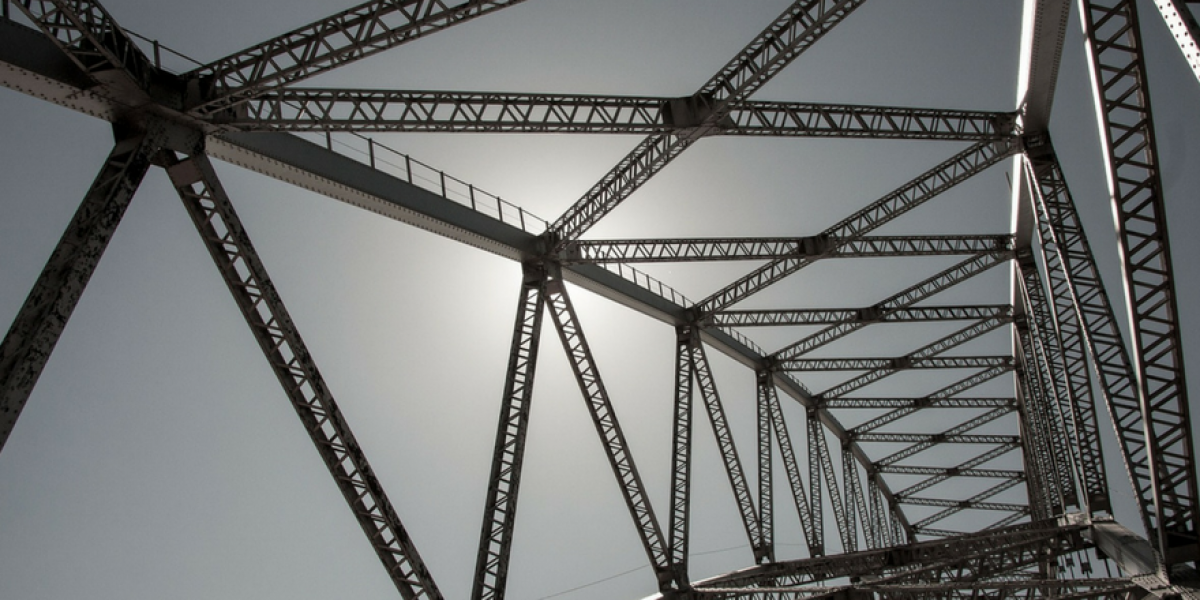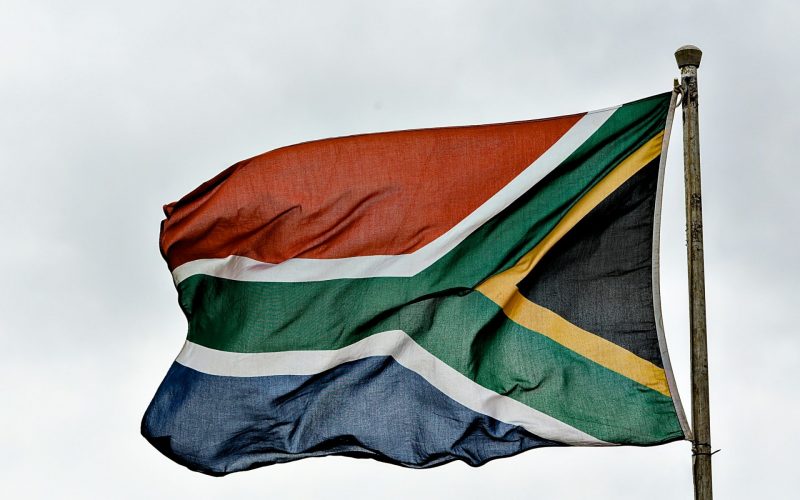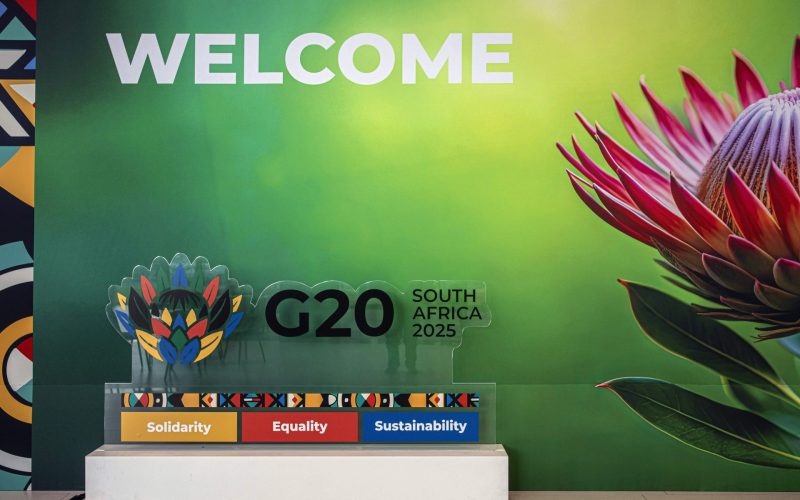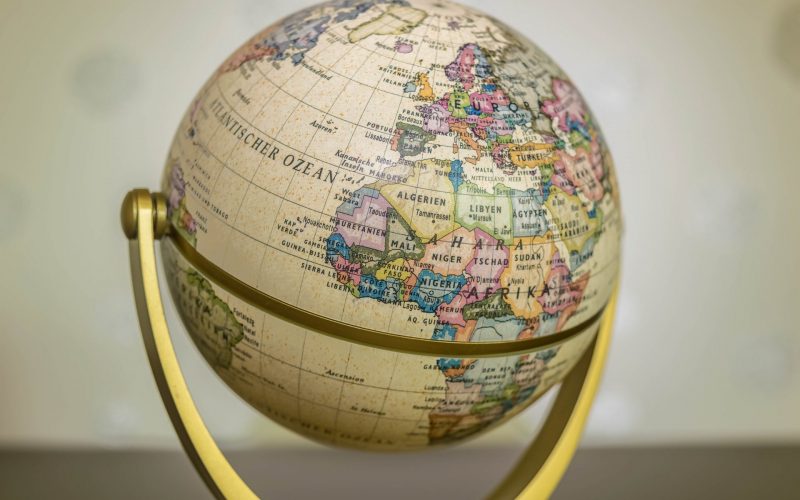One of the key issues that emerging economies, including the BRICS group, struggle with is the slow pace of reform in existing global financial institutions to better reflect the current political and economic realities (which in some cases deviate significantly from when these organisations were created in the post-Second World War era). Emerging economies also suffer from serious infrastructure funding deficits, which can be addressed by drawing on the significant domestic savings across developing countries.
The NDB was thus born partly as a result of these factors. Since its conception in 2011 the bank has begun taking form, including finalising legal arrangements, assigning different roles and responsibilities among the five founding BRICS members, and setting up an office. Ahead of the extension of its first loans, some details have emerged on the bank’s operations. This paper tracks the historical development of the NDB, investigates modalities around its operations, and looks towards the likely impact it will have in the development finance milieu.







